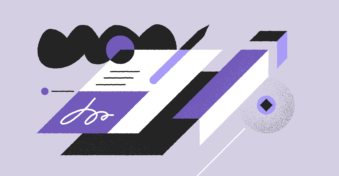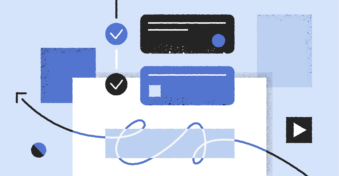Have you ever wondered what a medical liability waiver form is and what it’s used for? In this article, we’re going to walk you through what it is, why it’s important, and how to best use it.
What Is a Waiver of Liability Form?
A waiver of liability form is an agreement that informs one party (the Releasor) of the potential risks that they may face with a specific activity so they can release the other party (the Releasee) from any legal liabilities in the event of injury, death, and other damages.
What Are Medical Liabilities?
Medical liabilities are any liability for damages, injuries, or death inflicted on a patient by healthcare providers. Medical malpractice is a civil tort, but it is also possible for healthcare providers to be charged criminally for offenses like bribery, fraud, or statutory violations.
Why Are Waiver of Liability Forms Important in Medical Billing?
Medical liability waivers educate patients on their risks and create written consent before providing treatment. The purpose of these waivers is to protect hospitals, doctors, and other healthcare providers from potential liability if the patient suffers an injury or death during medical treatment.

When to Use a Medical Liability Waiver?
Medical liability waivers should be used whenever your company or staff could be open to potential liability, such as before risky procedures like major surgery or accident-prone situations like senior care facilities.
How to Use a Medical Liability Waiver?
To use a medical liability waiver, you need to:
- Draft a waiver with compliant formatting and specific information (more info in the next section.)
- Explain the risks of the treatment to the patient both verbally and in writing.
- Get a voluntary signature from a patient of legal age who has a clear understanding of the risks they are assuming.
How to Write a Medical Liability Waiver?
Step 1. Formatting
Your medical liability waiver should use a font size no smaller than 12 (but many lawyers prefer a font size of 14) to ensure that the text is easily readable and the agreement will be legally binding.
Your title should use a bolded font larger than your body text and be centered between the margins of your waiver form. Use bullet lists, underlining, and bolding to highlight key points in the medical liability waiver.
Step 2. Parties
The medical liability waiver should state the name, address, and contact information of all the parties involved in the agreement. Be sure to include your name, address, and contact information (or of the healthcare provider, if they’re the named party in the agreement) under the “Releasee” section of the waiver.
The patient (or their parent/guardian/legal representative) needs to voluntarily sign the waiver agreement as the “Releasor” to relinquish their rights to hold the Releasee liable or make legal claims against them.
Step 3. Risks
A clear and exhaustive list of the potential risks the patient will face is a crucial part of any medical liability waiver. Without accurately describing the potential risks, the waiver is unlikely to be upheld in court.
This is because a release of liability must be made by a Releasor with a clear understanding of the risks they assume. Without adequate descriptions of the risk, any medical professional who provided care to the patient may be liable in the event of any injuries or death.
Step 4. Insurance
Your medical liability waiver should include a clause stating that in the event of an injury or death, the patient will not be entitled to any insurance coverage from the healthcare facility or medical professionals that tended to them.
It’s also wise to include a choice-of-law clause if the healthcare facility is in a different jurisdiction than the patient’s home address. Doing so clarifies jurisdiction in the event of a dispute and which regional regulations apply to the agreement.
Step 5. Signature
Lastly, your medical liability waiver needs to include a legally binding signature from the patient. Under UETA and ESIGN guidelines, an electronic signature is just as valid as a handwritten wet ink signature, so digital waivers will still be valid.
Minors are not able to enter into legally binding contracts, so pediatric facilities will likely need to get a signature from the parent or guardian of the patient in such instances.
If you need to create a digital waiver with legally binding electronic signatures, then you can use PandaDoc Waivers. The software is free, easy to use, and helps you sort and view all active waivers from your account dashboard.
Final Thoughts
As you can see, liability waivers are very useful in a medical or healthcare setting. If you want to create a legally binding release of liability form for medical billing, why not try PandaDoc Waivers? Our easy-to-use solution will help you create professional digital waivers in minutes and show you a list of all your active waivers. Click here if you’re ready to get started!


